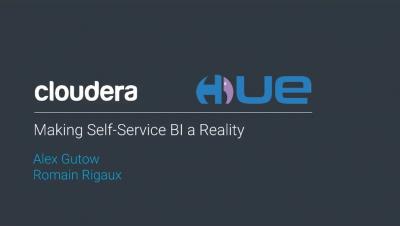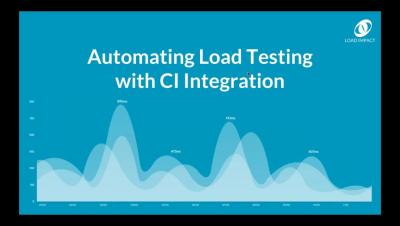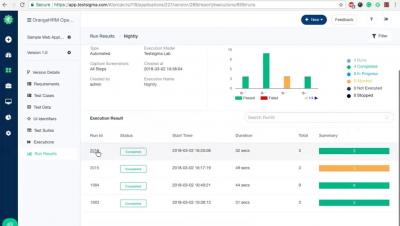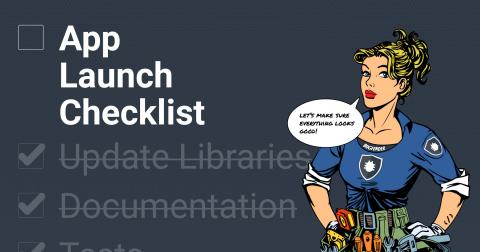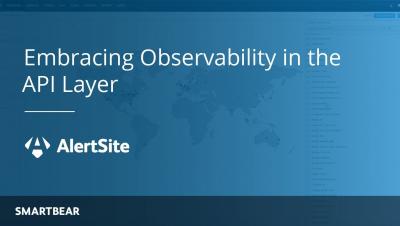Updates from Bugfender Q2/2018
We’re really happy to announce that Bugfender 2.0 went live in last quarter – a long awaited release that brings many feature requests from our users. We’d like to take this opportunity to thank you all for your feedback. It’s truly invaluable and helps us to improve Bugfender every day. As some of you may be aware, the service experienced some occasional down time during June.



